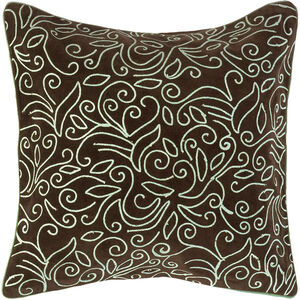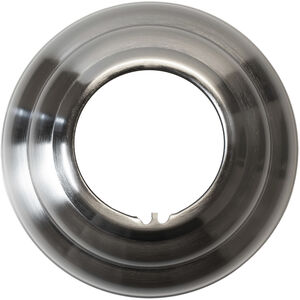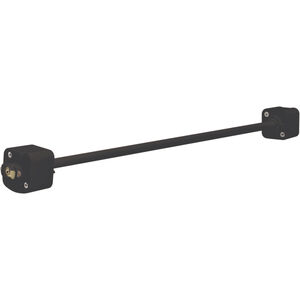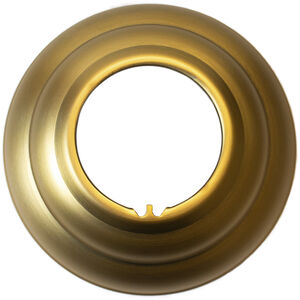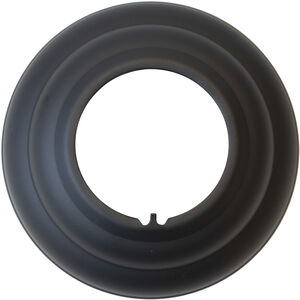Parts Of A Chandelier Diagram: Identify & Replace Components
Understanding Your Chandelier: A Parts Of A Chandelier Diagram Guide
Decoding Your Chandelier: A Visual Guide
Chandeliers add a touch of elegance and sophistication to any space, whether it's a dining room, living room, or bedroom. But sometimes, understanding their intricate design can be daunting. This guide provides a visual breakdown, helping you identify each component and confidently tackle repairs or upgrades. Think of it as your roadmap to chandelier mastery!
Why Understanding Chandelier Parts Matters
Knowing the different components of your chandelier can be incredibly useful. Whether you’re looking to replace a broken piece, troubleshoot a wiring issue, or simply understand the fixture's construction, a clear understanding of the parts is essential. This knowledge empowers you to maintain your chandelier and ensure it remains a stunning focal point in your home.
Common Chandelier Styles and Their Components
Chandeliers come in a vast array of styles, each with its unique characteristics. From vintage charm to modern minimalism, understanding the nuances of each style can help you appreciate the design and identify the specific parts.
- Crystal Chandeliers: These often feature cascading crystals attached to a central frame. Key parts include the crystal strands, bobeches (candle cups), and arms.
- Candle Style Chandeliers: Mimicking the look of traditional candle holders, these chandeliers use bulbs shaped like flames. Components include the candle sleeves, arms, and a central body.
- Drum Shade Chandeliers: These chandeliers feature a fabric or glass shade surrounding the light sources. Parts include the shade, the frame supporting the shade, and the internal lighting mechanism.
- Sputnik Style Chandeliers: Characterized by radiating arms with exposed bulbs, Sputnik chandeliers offer a modern, eye-catching design. Key components include the central sphere, the radiating arms, and the bulb sockets.
- Tiered Chandeliers: Featuring multiple levels of lights, these chandeliers are perfect for large spaces. Components include the tiers, arms, and center support.
The finish of your chandelier also plays a significant role in its overall look. Popular finishes include brass, bronze, brushed nickel, and black. Vintage chandeliers often feature antique finishes, while modern chandeliers may have sleek, polished surfaces.
Troubleshooting and Replacing Chandelier Parts
Over time, chandelier parts may need replacement due to damage or wear. Knowing how to identify and replace these parts can save you money and extend the life of your fixture.
Identifying the Problem: The first step is to carefully examine the chandelier and identify the specific part that needs attention. Is it a cracked crystal, a broken arm, or a faulty wire?
Finding Replacement Parts: Once you know what you need, you can search for replacement parts online or at lighting stores. Be sure to note the dimensions and style of the original part to ensure a proper fit.
Common Repair Scenarios:
- Wiring Issues: If your chandelier isn't lighting up, the problem may be with the wiring. Check the connections and replace any damaged wires.
- Broken Crystals: Crystals can be easily replaced. Simply detach the broken crystal and attach a new one.
- Damaged Arms: Replacing a chandelier arm can be more complex and require disassembling the fixture.
Choosing the Right Chandelier for Your Space
Selecting the right chandelier involves considering the size of the room, the ceiling height, and your personal style. For smaller rooms, consider close-to-ceiling or flush mount chandeliers. For larger spaces, a tiered or large chandelier can make a statement.
Consider the dimensions of the space to ensure your new lighting fixture looks appropriate. A small chandelier in a large room will look out of place and vice versa. Also, consider energy-efficient options like LED chandeliers to save money on your electricity bill.
Kuzco Lighting
Matthews Fan Co
Kuzco Lighting
Kuzco Lighting
Commonly Asked Questions About Ceiling Lights Chandeliers parts of a chandelier diagram
Q: What can I learn from studying a chandelier diagram before purchasing a chandelier?
A: A chandelier diagram helps you appreciate the intricate design and artistry involved in creating these stunning lighting fixtures. Understanding the different components – from the central stem to the delicate crystals – allows you to choose a chandelier that perfectly complements your personal style and home décor. It's a wonderful way to connect with the craftsmanship!
Q: How does understanding the parts of a chandelier enhance my appreciation for its beauty?
A: Knowing the names and functions of each element, like the bobeches, arms, and canopy, reveals the thought and precision that goes into designing a chandelier. This knowledge deepens your appreciation for its elegance and helps you understand how each part contributes to the overall dazzling effect!
Q: If I want to customize my chandelier, how can a diagram help?
A: A diagram is a fantastic tool for visualizing potential customizations! By understanding the individual components, you can explore options for changing out elements like the crystals, shades, or chain to create a truly unique and personalized lighting masterpiece that reflects your individual style.
Q: I'm thinking about restoring an antique chandelier; how can a diagram be useful?
A: A chandelier diagram is invaluable when restoring an antique piece! It helps you identify any missing or damaged parts and understand how they fit together. This knowledge is essential for sourcing replacement components and ensuring your restored chandelier shines with its original glory. For any electrical work, be sure to consult with a qualified electrician.
Q: Besides the aesthetic beauty, what is another benefit of understanding the parts of a chandelier?
A: Understanding the individual parts empowers you to care for your chandelier properly! Knowing how the different components fit together allows you to gently clean and maintain the fixture, ensuring it remains a radiant focal point in your home for years to come.
